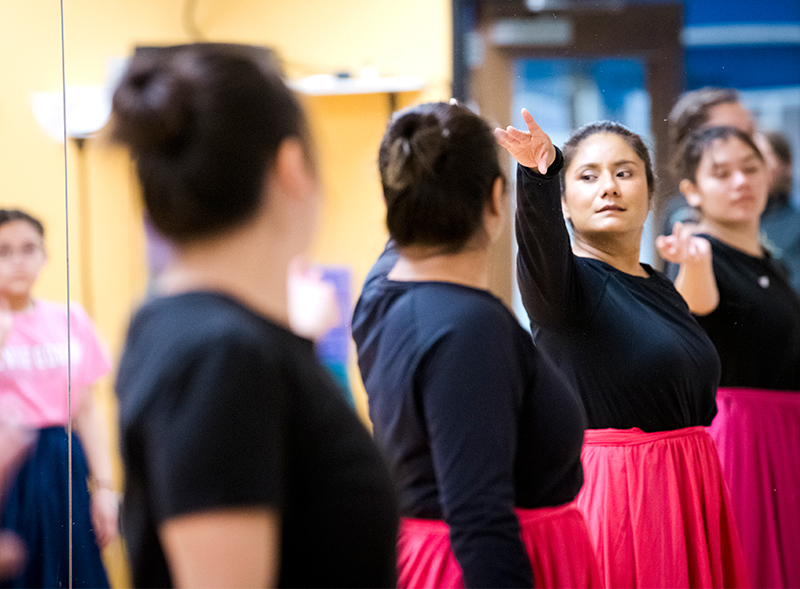SVMoA Blog
Dirce Flores: The Arts as an Open Door for the Community & Creativity
Ava Scanlan (Communications & PR Manager)
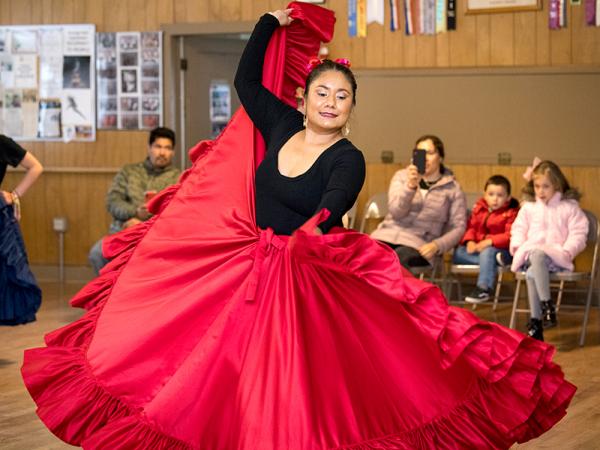
Dirce Flores is a professional dancer from Mexico. From a young age she was exposed to a breadth of performing and creative arts and developed a lifelong love and appreciation of the role the arts play in our lives and in community building.
With Dirce’s Mexican Folk Dance Youth Workshop ongoing and SVMoA’s Dia de los Muertos celebration and dance performance on the horizon, we sat down to discuss art, her inspiration and the intersection of community.
How did you end up in the Wood River Valley?
I initially moved to the U.S. to a suburb of Portland, Oregon, called Woodburn. We came to the Wood River Valley to visit my husband’s family for vacation. We had a baby who was then 6 months old, and we thought we loved it here. We decided to move here for a better quality of life. It felt so much like home, like our village in Oaxaca. You know when you have that feeling that you are home. It’s a small town, you can walk around, you can see nature.
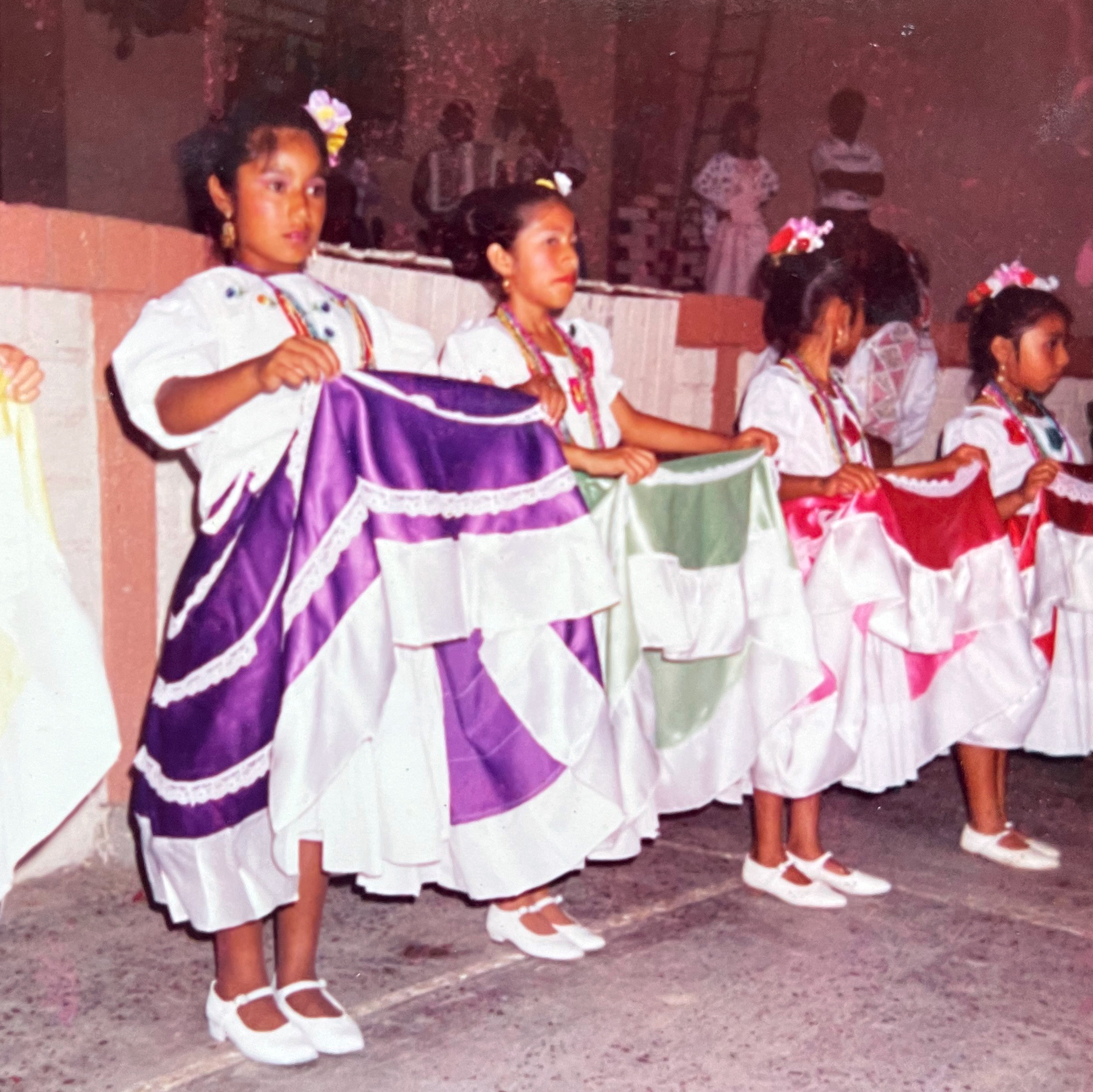
When did dancing become a part of your life?
My hometown is in Oaxaca, Mexico. And it is a very special place, a cultural center of Mexico. Early on in pre-Hispanic times it was a cultural center, and then later, there was a church, a monastery, a train station, and it was a very important place during revolutionary times. My town has a lot of cultural significance. My mother had a café in the center of downtown, and next door to her café was a place called Casa Cultura, which was a cultural center that offered classes in all the arts. My siblings and I attended dance, music, painting, and acting classes, and classes in all the creative arts. My favorite was dancing; it made me feel so good. At a very young age, I knew I was born to dance. I started taking dance classes at three years old, and by five years old, I knew.
I first took Mexican Folklorico Dance, but then I continued to do ballet. My teachers were students of Amalia Hernández, who is credited as being the greatest Mexican Folkloric dance teacher in history. Mexican Folkloric dance is considered an expression of Mexican culture that you do on holidays with your friends and family at celebrations like birthdays and Dia de los Muertos. Amalia Hernandez was a Folklorico dancer, yet she was also classically trained as a ballerina. She developed new techniques for Folklorico dancing and developed choreography that pushed Folklorico dancing, creating a new level of modern dance. She legitimized and elevated the traditional folk dance and brought it to the international stage and universities.
I eventually went to a performing arts high school in Oaxaca City, about 40 minutes from my village. I would travel every day to the big city where I continued to learn the arts and humanities, including acting, painting, drawing, art history, world history, and philosophy. But my focus was always dance. I continued to study Folklorico dancing and ballet, and it was in high school that I discovered contemporary dance. I loved contemporary dance as a form of creativity and expression.
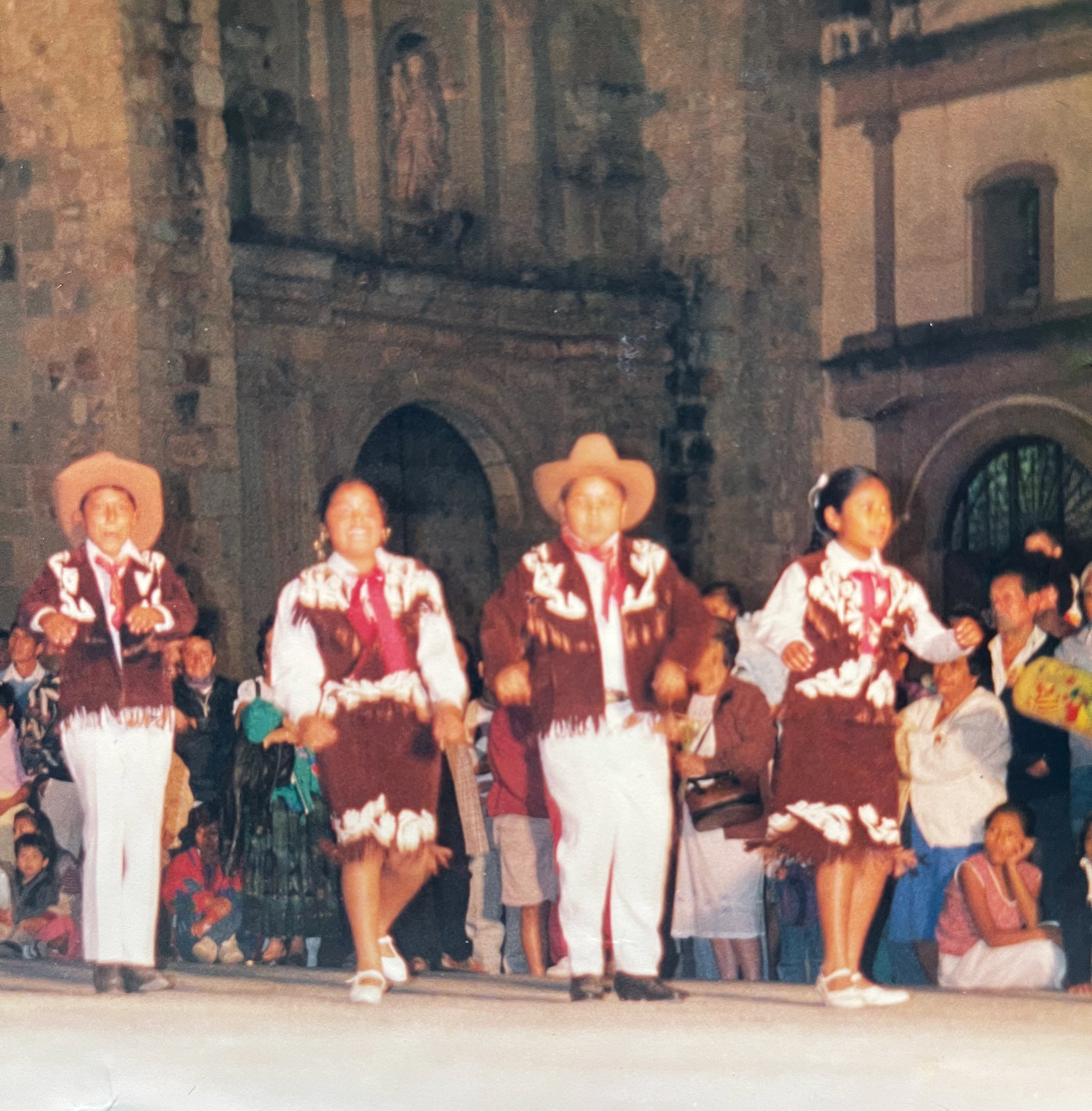
What was the experience that led you to teaching?
I loved contemporary dance so much that I eventually tried out for a modern dance program in Mexico City, but I was told I was not right for modern dance. Heartbroken, I returned home, and my mother told me I had to choose something else, which led me to the humanities, although my love for dance remained. I first started teaching Mexican folk dance at age 15 in a neighboring town. While in university, I was asked to teach at a dance school, Folklorico dancing to children, and while there teaching I was able to continue my study of jazz, ballet and modern dance. Which brings me to where I am today! No matter the adversity, I continued to dance — Folklorico, ballet, AND modern dance!
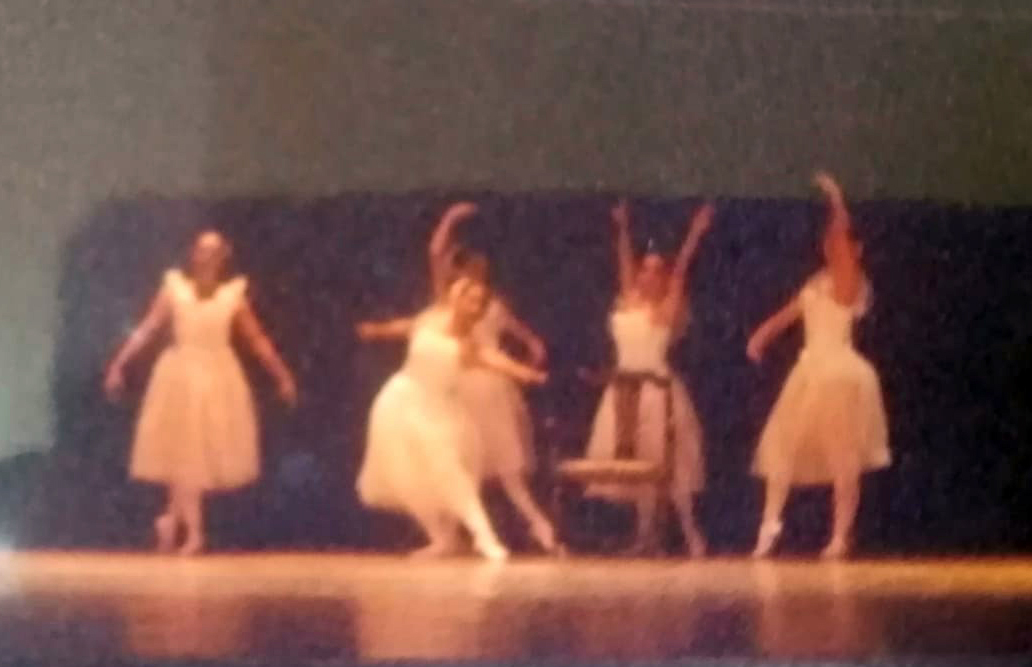
So, you love to teach dancing, but you are also a very active member of our Sun Valley Museum of Art community. You have been a Folklorico Dance teacher with us going on two years but are also very involved in our Dia de los Muertos celebrations. Why is the Sun Valley Museum of Art important to you?
The Sun Valley Museum of Art is an open door to the community for creativity. I come from a state in Mexico that is ethnically diverse. Oaxaca is the fifth-largest state with the most municipalities — 570! And it is the state with the most ethnic groups — 16 — that includes Indigenous groups such as Mixtecas, Zapotecs, Mazatecs, Afro-Mexicans, and Chatinos, just to name a few.
Diversity, as I saw in my home state, makes the community rich; it does not divide us; it unites us.
Sharing cultural arts with the community is important. The first SVMoA workshop I taught had one Caucasian student, and the workshop after that had two Peruvian students. The current workshop I am teaching has a Caucasian student from Carey. They are all so amazing, such wonderful dancers. I have been able to rediscover Folklorico Dancing and share Mexican culture with the community and teaching it, the community will be proud to celebrate it and not just watch it from a distance but enjoy it!
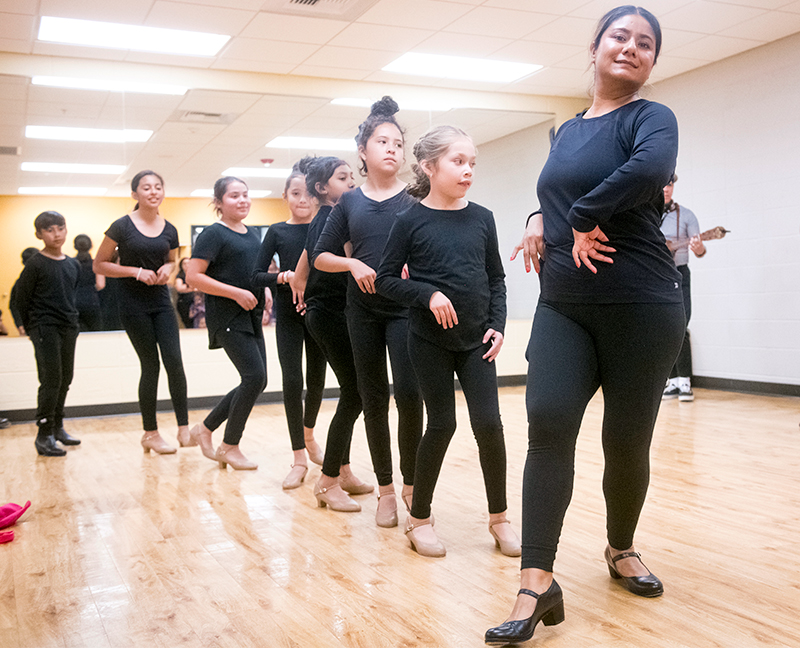
Forthcoming is our Dia de los Muertos celebration coming up on October 26 at the Hunger Coalition. You will be performing with your dance class. Is there anything you want to share?
Yes, our SVMoA Folklorico Dance class will be performing a few traditional dances. Dia de los Muertos is one of the biggest celebrations for Mexicans. It is the day we remember our loved ones who are no longer with us; they are the heroes of the holiday. We make the altar in our home and have a ceremony.
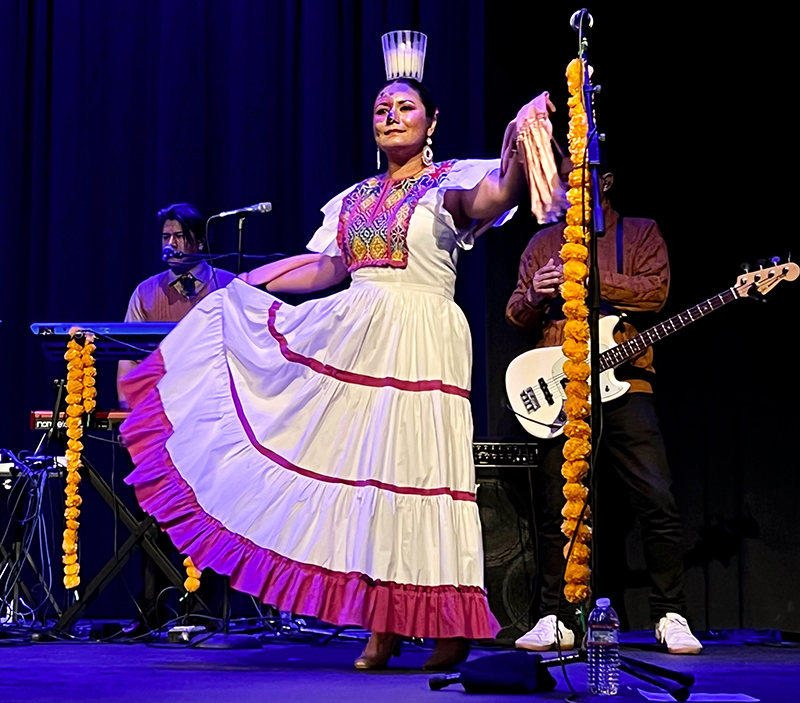
You mentioned your mom owned the café next to Casa Cultura. Did she do anything special?
My mom made a special Pan Muertos. The ingredients were flour, butter, egg, orange juice and zest, and anise. The special ingredients that make Pan Muertos different are the anise and the orange.
Finally, is there anything you want to say about the arts? OR Anything else you would like to share?
I just want to say that when we open spaces for each other, we will understand each other better. One way of doing that is teaching creativity and sharing cultural activities. When a human being is exposed to the arts at a young age, it changes their life forever.
